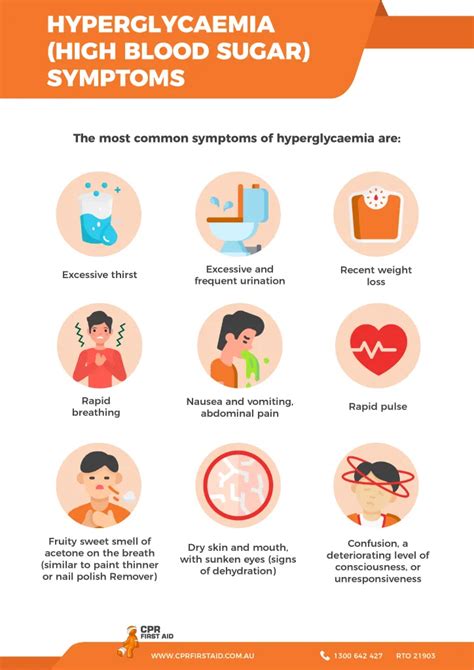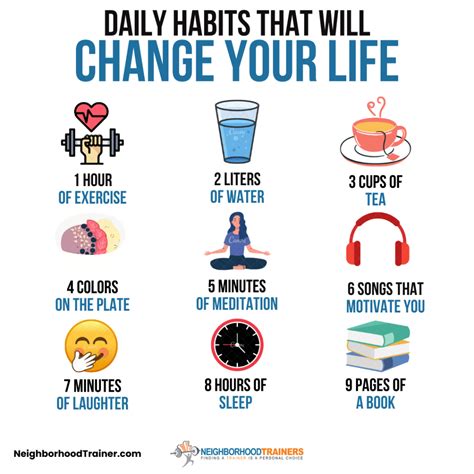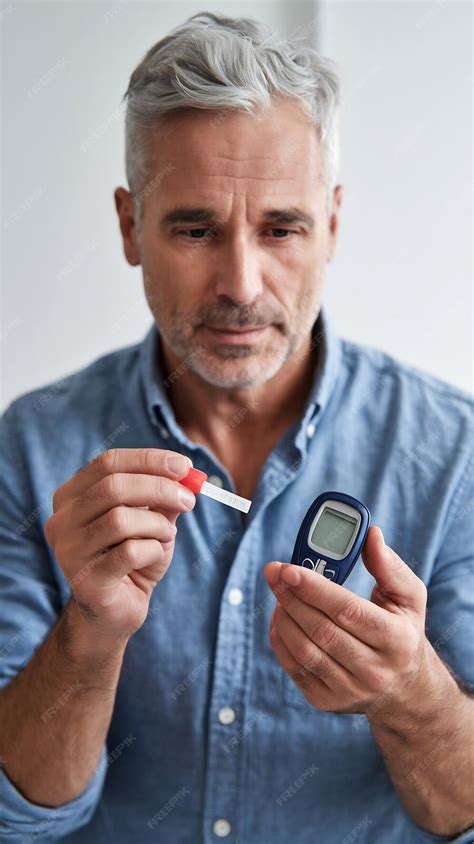Intro
Discover 7 blood sugar drop symptoms, including dizziness, shakiness, and confusion, which can indicate hypoglycemia, a condition characterized by low blood glucose levels, requiring immediate attention to prevent severe health complications.
Managing blood sugar levels is crucial for overall health, especially for individuals with diabetes. Blood sugar levels can fluctuate due to various factors, including diet, physical activity, and medication. A significant drop in blood sugar, also known as hypoglycemia, can lead to severe symptoms and even life-threatening complications if left untreated. Recognizing the symptoms of a blood sugar drop is essential for prompt intervention and prevention of serious health issues.
The importance of monitoring blood sugar levels cannot be overstated. For individuals with diabetes, maintaining stable blood sugar levels is key to preventing long-term complications such as nerve damage, kidney disease, and vision problems. Even for those without diabetes, understanding the signs of low blood sugar can help in providing assistance to someone who may be experiencing hypoglycemia. The symptoms of a blood sugar drop can vary from person to person but generally include a combination of physical, emotional, and cognitive signs.
It is critical to educate oneself and others about the symptoms of low blood sugar to ensure timely medical attention. Early recognition and treatment can significantly reduce the risk of severe complications. Moreover, understanding the causes and prevention strategies for blood sugar drops can empower individuals to take control of their health. Whether you are living with diabetes or simply want to be aware of the signs of hypoglycemia to help others, knowledge is the first step towards management and prevention.
Introduction to Blood Sugar Drop Symptoms

Causes of Blood Sugar Drops
The causes of blood sugar drops can be varied but often include: - Taking too much insulin or diabetes medication - Skipping meals or delaying eating - Eating meals that are too small or lacking in carbohydrates - Exercising strenuously without adequate food intake - Drinking alcohol without eating Understanding these causes can help in preventing hypoglycemic episodes by making informed lifestyle choices.Common Symptoms of Blood Sugar Drops

Moderate to Severe Symptoms
If left untreated, mild symptoms can progress to more severe signs, including: - Difficulty speaking - Confusion or disorientation - Drowsiness or weakness - Seizures - Loss of consciousness It is essential to treat hypoglycemia as soon as symptoms are recognized to prevent these severe complications.Treatment and Prevention of Blood Sugar Drops

Emergency Response
In cases of severe hypoglycemia where the person is unconscious or unable to swallow, it is crucial to call emergency services immediately. While waiting for help to arrive, if the person is unconscious, one should: - Not give them anything to eat or drink - Not attempt to put anything in their mouth - Turn them onto their side to prevent choking - Stay with them until medical help arrivesLifestyle Changes to Manage Blood Sugar

Nutrition and Blood Sugar Management
Nutrition plays a critical role in managing blood sugar levels. Choosing foods that are low on the glycemic index, which measures how quickly foods raise blood sugar levels, can help maintain stable glucose levels. Examples of such foods include: - Whole grains - Non-starchy vegetables - Lean proteins - Healthy fats - Fruits and vegetablesTechnology and Blood Sugar Management

Community Support
Living with diabetes or managing blood sugar levels can be challenging, but it does not have to be isolating. Joining a support group, either in-person or online, can provide a sense of community and understanding. Sharing experiences and advice with others who are facing similar challenges can be incredibly empowering and helpful in managing the condition effectively.Conclusion and Next Steps

What are the most common symptoms of a blood sugar drop?
+The most common symptoms include shaking or trembling, sweating, hunger, dizziness or lightheadedness, headache, confusion or difficulty concentrating, irritability or mood changes, pale skin, and a fast or pounding heartbeat.
How can I treat a blood sugar drop at home?
+Treatment typically involves consuming glucose-rich foods or drinks, such as glucose tablets or gels, fruit juice, regular soda, honey or sugar, or hard candies, to raise blood sugar levels quickly.
What should I do if someone with diabetes is experiencing severe hypoglycemia and is unconscious?
+In cases of severe hypoglycemia where the person is unconscious, call emergency services immediately. Do not give them anything to eat or drink, do not attempt to put anything in their mouth, turn them onto their side to prevent choking, and stay with them until medical help arrives.
We hope this information has been helpful in understanding the symptoms of a blood sugar drop and how to manage and prevent hypoglycemia. If you have any further questions or would like to share your experiences with managing blood sugar levels, please do not hesitate to comment below. Sharing knowledge and personal stories can help others in their journey towards better health management.
